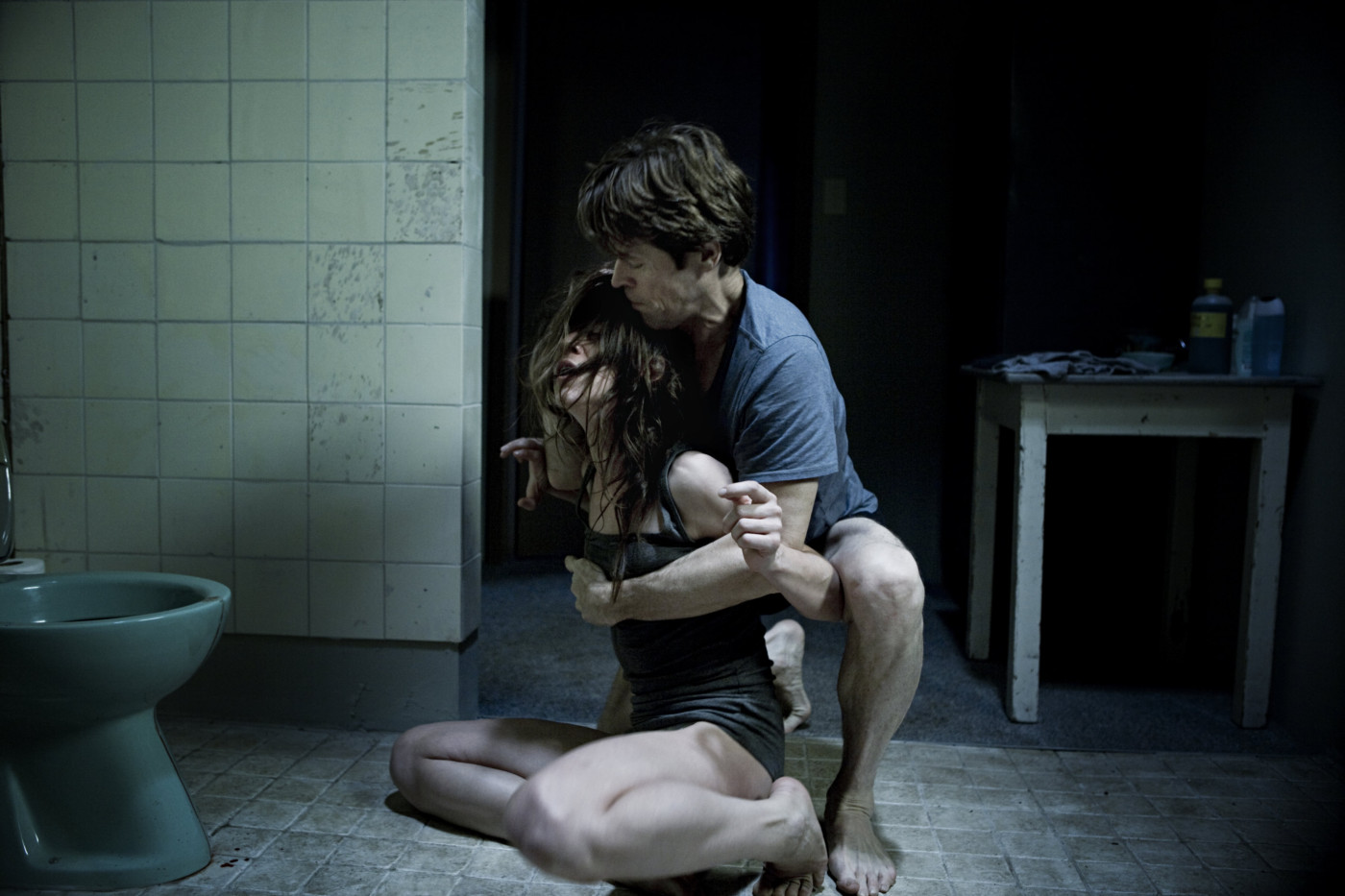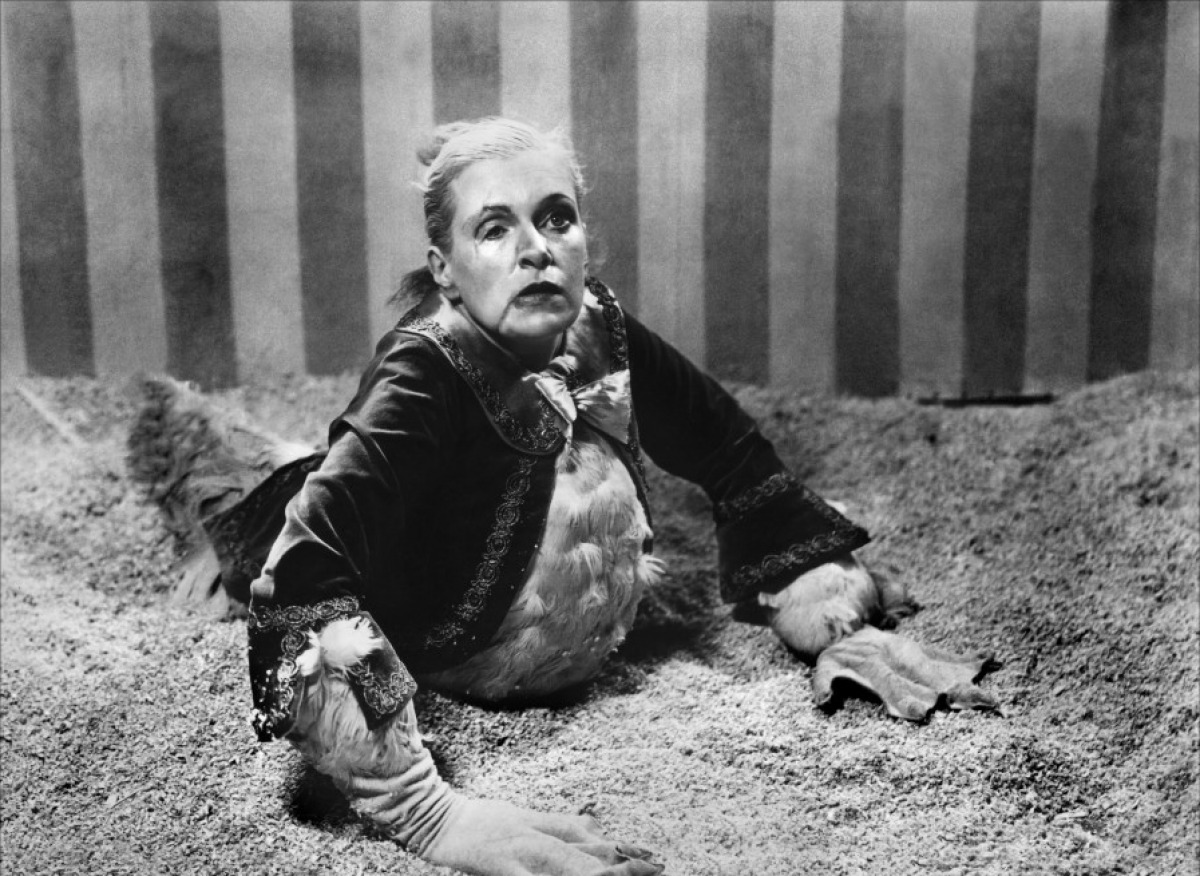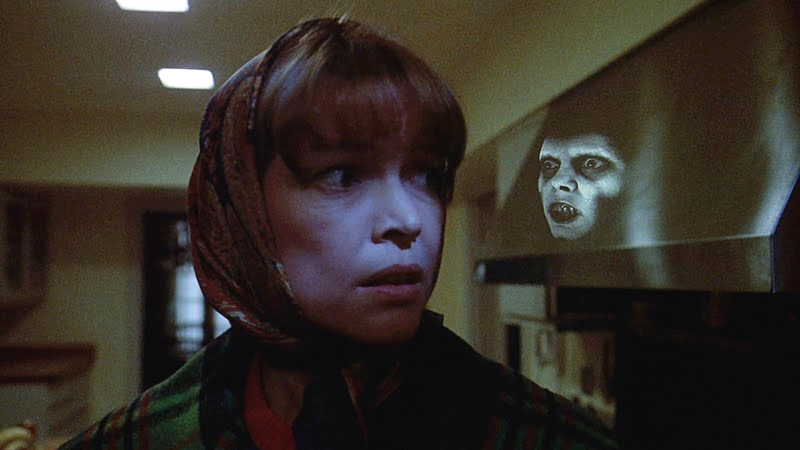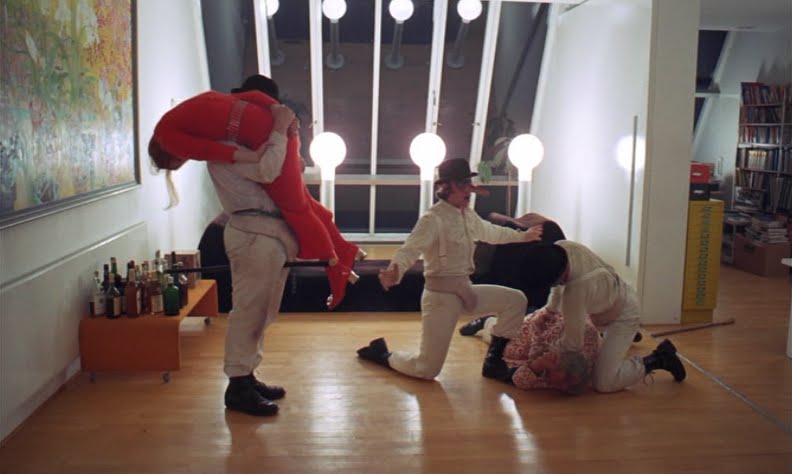5. Antichrist (dir. Lars von Trier, 2009)

A couple retreats to their isolated cabin in the woods called Eden after the death of their toddler son, in order to deal with their grief and the effect of this tragic incident to their relationship. “She” (Charlotte Gainsbourg) is devastated and ends up hospitalized, displaying signs of atypical grief. “He” (Willem Dafoe) is a psychotherapist who thinks he can help his wife recover by taking her to the forest and exposing her to her second biggest fear: nature. Once in nature, however, things start taking a far darker course.
Dedicated to Andrei Tarkovsky, “Antichrist” constitutes Lars von Trier’s first “Depression Trilogy” film, followed by 2011’s “Melancholia” and 2013’s “Nymphomaniac,” and is one of the most controversial and exploitative in the provocateur director’s filmography. The director himself considered it to be the most important work of his career.
The film deals with the concepts of fear, grief, guilt, evil and the contrast between love and hate, liberation and punishment, as mirrored in nature’s peaceful versus terrifying face. It consists of influences and symbolisms from Christian theology (freely interpreted) and a great deal of brutal violence and almost pornographic sexual scenes, which a lot of people found insufferable to watch.
Critics and audiences pretty much either loved or hated it; there was not much middle ground, really (as it usually goes for von Trier’s films). Fully original or a little eccentric and deliberately grotesque, “Antichrist” is definitely a bold attempt to create a confrontational film that raises questions and works for its creator as “therapy.” And perhaps for some of the audience, too.
4. Freaks (dir. Tod Browning, 1932)

Cleopatra (Olga Baclanova) is a trapeze artist in a circus, who plans on marrying and then murdering Hans (Harry Earls), a midget who is the leader of the circus’ sideshow performers, in order to get his inheritance. When Hans’ friends, the “freaks,” discover her real intentions, they all decide to take revenge on her.
Highly controversial for its time regarding the casting of real circus people with disfigurements, like dwarfs, conjoined twins and people with other kinds of physical deformities, “Freaks” was considered extremely upsetting and is the film that ultimately ruined the “Dracula” director’s career.
Massive audience walkouts occurred, it was banned from the theaters in the U.K., copies of the movie’s original 90-minute uncensored version were destroyed, and Metro-Goldwyn-Mayer was even threatened to be sued by a pregnant woman who claimed her watching experience had caused her miscarriage.
It took several years for audiences to realize Browning’s intention was to make a point on how appearances are not connected to morality and therefore are not important, and the genius way in which he presented what really makes people monsters (and that is their character, not their appearance) and for his seemingly “politically incorrect” and once repulsive film to transform into a cult classic similar to nothing in the film industry.
3. The Exorcist (dir. William Friedkin, 1973)

Twelve-year-old Regan (Linda Blair) is living with her mother in Georgetown when she starts displaying unusual and abnormal behavior: she makes odd noises, uses obscene language, is shaking, etc. Her worried mother (Ellen Burstyn) has her examined, but nothing seems to be physically wrong with the girl. Eventually she is considered to be possessed by a demonic force and is in need of an exorcism, which is performed by two Catholic priests (Max von Sydow and Jason Miller).
The film was adapted by William Peter Blatty from his own 1971 novel of the same name, a book that was inspired by the story of “Roland Doe” or “Robbie Mannheim,” an anonymous 14-year-old boy in the United States thought to have been possessed, and to whom a series of exorcisms were performed.
They were a few of those who, upon its 1973 screenings, found the film too distressing to watch until the end. Not only was the sight of a repulsive-looking little girl’s projectile vomiting and head turning backwards considered an extra-gross spectacle, but also part of the audience found the movie to be offending their Christian spirit.
Now, it could be claimed that “The Exorcist” is not a particularly great film in terms of artistic production. But it undoubtedly meets Friedkin’s original expectations (if not exceeding them) in creating a frightening representative of the horror-genre that wouldn’t pass unnoticed, resulting in establishing itself as a milestone point of reference in the history of cinema.
2. The Texas Chainsaw Massacre (dir. Tobe Hooper, 1974)

Sally (Marilyn Burns) and her brother Franklin (Paul A. Partain) decide to visit their deceased grandfather’s grave and farmhouse together with three friends, Jerry (Allen Danziger), Kirk (William Vail) and Pam (Teri McMinn). They eventually fall victim to their neighbors who turn out to be a family of cannibals, part of which is “Leatherface” (Gunnar Hansen), a psychopath whose distinctive characteristic is the power saw he wields to kill his victims.
The film’s plot is fictional, although for promotion reasons, it was at first marketed as a true story. Consisting of some hardcore scenes of torture and violence, Tobe Hooper’s film is a nightmarish, relatively low-budget slasher horror where tension escalates masterfully. Upon its release, it was banned in several parts of the world due to audience complaints, who found its brutality somewhat unbearable to take.
Despite all that, “The Texas Chainsaw Massacre” is to this day considered a real masterpiece of American horror in the ’70s and undeniably among the most well-made and influential cult horrors of all time.
1. A Clockwork Orange (dir. Stanley Kubrick, 1971)

Alex (Malcolm McDowell) is a sadistic yet charismatic young man who enjoys performing acts of ultra-violence together with the rest of his gang, his “droogs” as he calls them, Pete (Michael Tarn), Dim (Warren Clarke) and Georgie (James Marcus), while listening to classical music and Beethoven in particular. After he commits a number of violent crimes, he is captured and succumbed to experimental psychological treatment by the state, in order to “overcome” his violent instincts and transgressive behavior.
“A Clockwork Orange” comments “wisely” on a number of subjects, from psychological and psychiatric means and ultimately their role in society, to the relationship between juvenile delinquency (and delinquency in general) and state repression and control, as well as the consequent role of punishment and rehabilitation in Western societies.
The film’s vivid depiction of violence and deliberate disturbance to the viewer by its dystopian atmosphere led part of the audience to leave the cinemas “in droves,” as its protagonist McDowell had stated.
Nevertheless, Kubrick’s brilliant social satire of a dystopian near-future of the 1970s based on Anthony Burgess’ 1962 novel of the same name, is one of the masterpieces of the great American director and is among the most talked about and influential films ever made. It even inspired a series of copycat crimes in England after the film was released, resulting in its ban from the theaters in the country.
Author Bio: Danae is a cinephile from Greece. She studied Psychology and loves watching movies.